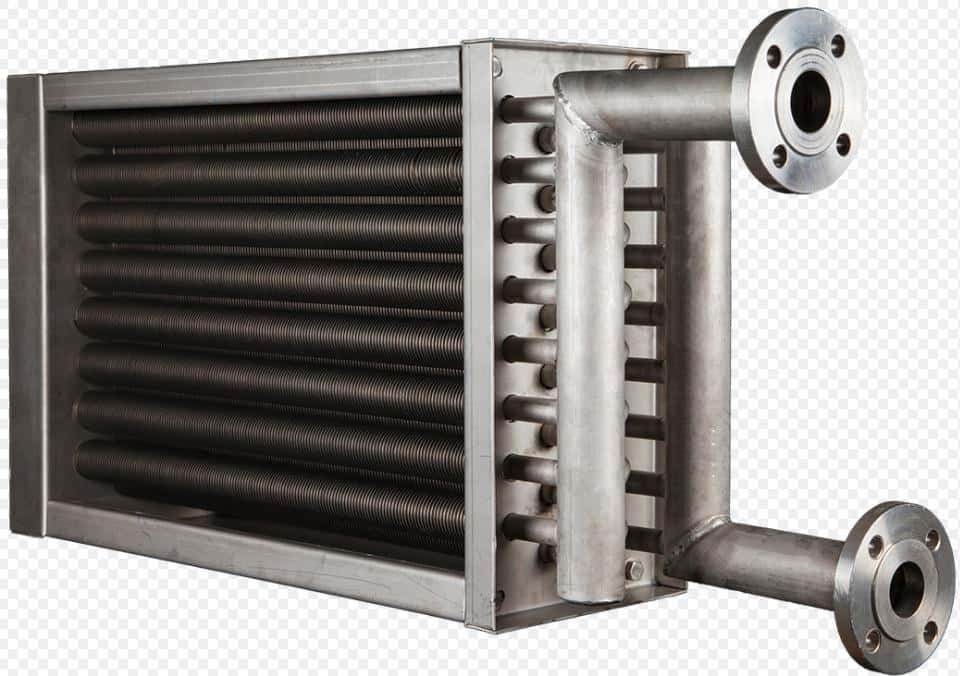Heat Exchanger tubes can help transfer heat between hot and cold fluid to maximize the heat flow per unit area. They are applicable at many places.
Right from automobiles to simple room heaters, they are everywhere! However, when choosing the right tube for your particular need, you need to choose wisely.
Truth be told, there isn’t one best material choice for heat exchanger tubes. It all depends on your requirements. In this article, we talk about the considerations before deciding your material of choice for your finned tubes, seamless tubes and heat exchanger tubes in general.

Considerations while choosing a material:
The three top considerations while deciding the best material for your heat exchanger tubes are:
1. Temperature Range
1. How hot the fluids flowing through your heat exchanger tubes will be is key to deciding the best material for them. Picking an alloy that can resist the temperature efficiently is key to getting the best performance out of your tubes.
2. Corrosion Resistance
Different metals have different corrosion resistance ranges. The corrosion dynamics will also change depending on your fluids. Find alloys or metals that will not corrode when in contact with your material, or at least not corrode easily. Corrosion can lead to performance degradation as well as contaminate your fluids. Corrosive properties of the material are a must to be studied before you finalize the material for your heat exchanger tubes.
3. Heat Transfer Characteristics
The speed of heat transfer needed will also change the material you need. If your heat exchanger tubes are to cool down fluids, certain materials may work better and if your set-up is to heat fluids some other may.

